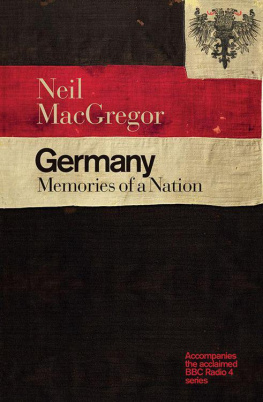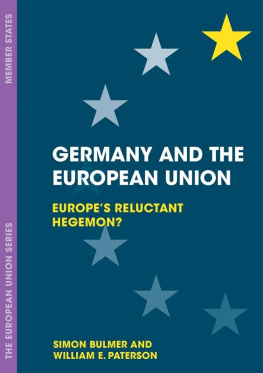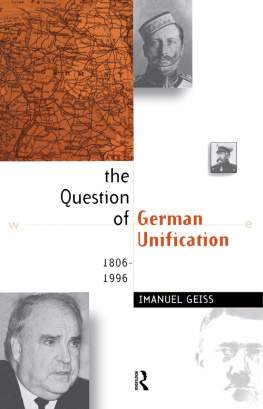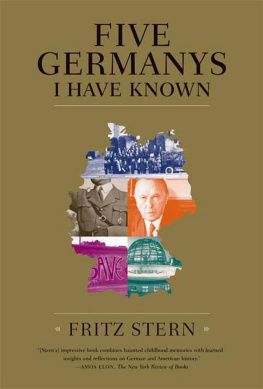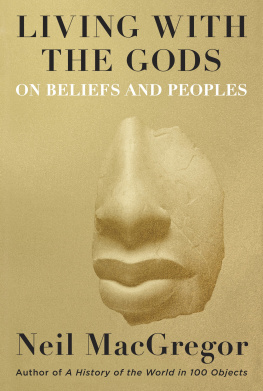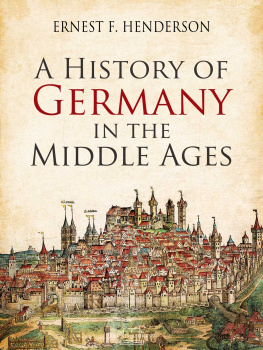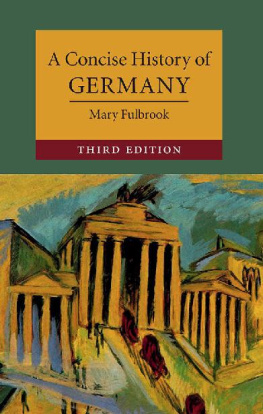
The Wellington Arch, Hyde Park Corner, London
Where the London and Paris arches look back only to moments of high success, presenting a comfortable, if selective, narrative of national triumph, the Munich arch speaks both of the glorious cause of its making and the circumstances of its later destruction. Unlike the other two, its original celebratory purpose is undercut by a very uncomfortable reminder of failure and guilt. It proclaims a moral message: that the past offers lessons which must be used to shape the future. Perhaps the most distinctive feature of the role of history in Germany today is that, like this arch, it not only articulates a view of the past, but directs the past resolutely and admonishingly forward.
If German monuments are different from those in other countries, it is because German history is different. Both Britain and France, shaped by centuries of strong central power, can (more or less) credibly present their history as single national narratives. The long political fragmentation of Germany into autonomous states makes that kind of history impossible: for most of German history there can be no one national story. Although the Holy Roman Empire, which encompassed most of German-speaking Europe (Map 1), offered a framework for a sense of German belonging, it was rarely in a position to coordinate, let alone command, the many political units that made up the Empire. In consequence, much of German history is a composite of different, sometimes conflicting, local narratives.
Perhaps the clearest example of this conflict is the figure of ), also recorded the Kreuzkirche reduced to ruins by Fredericks bombardment. As a key ally in the Seven Years War against France, Frederick the Great was both celebrated and revered in Britain: the Worcester factory produced a whole series of tributes in porcelain and as late as 1914 there were still pubs across England proudly called The King of Prussia. But there can be no pan-German view of Frederick the Great: Dresden porcelain unsurprisingly failed to celebrate Frederick and no Saxon hostelry bears his name. A similar ambivalence lies behind the Munich Siegestor. It is dedicated carefully To the Bavarian Army, leaving unstated the uncomfortable fact that that army, for most of the Napoleonic Wars, fought with the French against other German states. So the Siegestor is a doubly ambiguous monument: not simply an untriumphal triumphal arch, recording defeat as much as victory, but also the troublesome fact that the enemy could be German as easily as foreign.
The history of Germany is thus inevitably, enrichingly and confusingly fragmented. There is a strong awareness of belonging to the same family, but until the unification of Germany in 1871, there was only a flickering sense of common purpose. There are, however, a large number of widely shared memories of what Germans have done and experienced: evoking and engaging with some of them is the purpose of this book. It does not attempt to be it cannot be in any sense a history of Germany, but it tries to explore through objects and buildings, people and places, some formative strands in Germanys modern national identity. The earliest object is Gutenbergs bible of the 1450s, perhaps the first moment at which Germany decisively affected the course of world history indeed laid one of the foundations of all modern European culture. The latest is the very recently restored and refurbished Reichstag, seat of the German Parliament. Of the making of memories there is no end: I have tried to select those that seem to me particularly potent, likely to be shared by most Germans, and especially those that may be less familiar to non-Germans.

